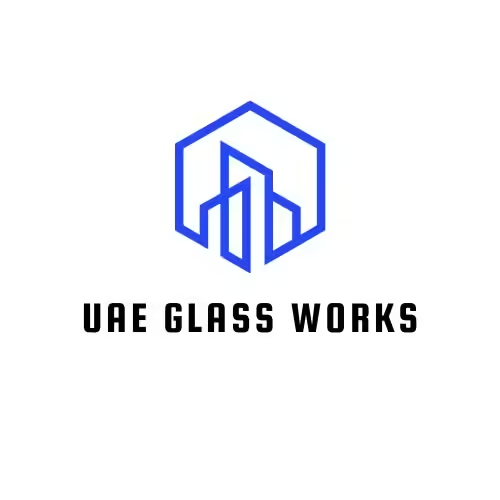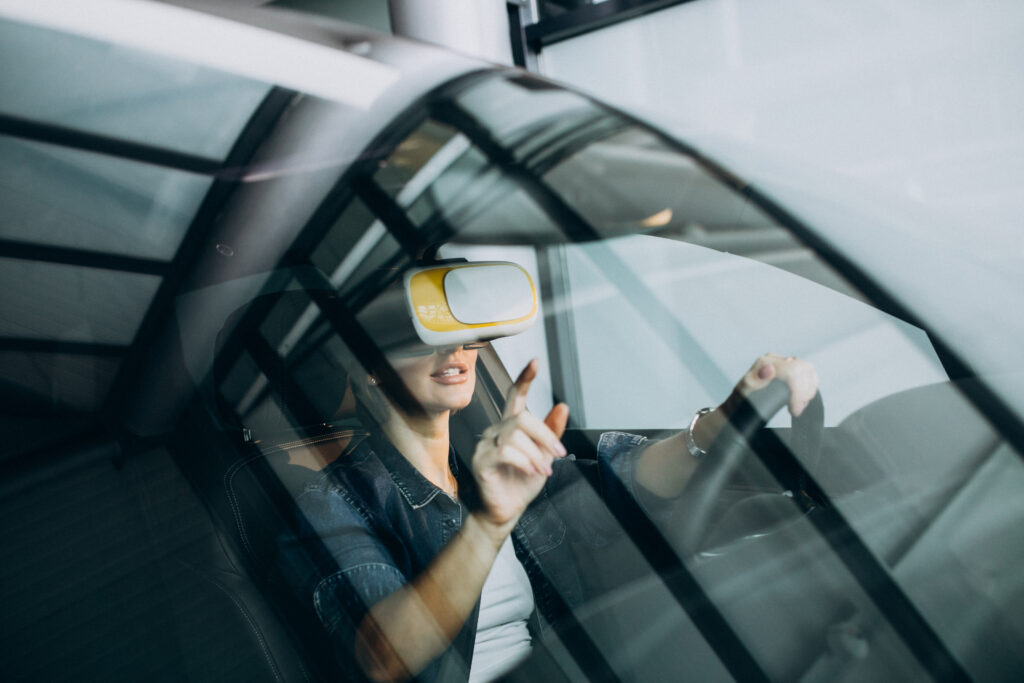Glass work has so many options for commercial and residential use. From architectural projects to the most evident constraint of any building, the use of glass is more than just material. Now, glass offers duality, energy efficient solution aesthetes and design that create appeal for your brands in a stunning manner with tinted glass.
In different types of glass options, tinted glass is known to reduce glass and heat in one go. Let’s dig deeper and find out its benefit, application and everyone that helps you make a decision.
What is Tinted Glass?
Tinted glass is a regular glass as float glass but added with tinting and solar-radiation absorption properties. Tinted glass is efficient to cut back heat into commercial buildings whereas the variety in color glass gives the best appeal for major architectural projects.
So a window film is usually termed a tint which is a thin lamination or a coat that is installed on the interior and/or exterior surface of the glass. When tinted glass is used in vehicles it readily reduces the visible light effect and keeps the interior of the vehicle safe from light because of the added tint.
How Tinted Glass is made? – Manufacturing process
The manufacturing of tinted glass is by adding small additions of metal oxides to the float or rolled glass composition. The adding of color in small levels of color to the glass can be bronze, green, blue or gray. This color addition or tint makes the glass tinted but it does not impact or alter the solar energy transmittance.
6 Types of Tinted Glass
Dyed Window Tint
This type of tinted glass has low UV rejection and moderate heat rejection ability. Upon fading it may turn purple and it blocks light to about 50%. However, it’s affordable in price, ideally reduces the glare when the sun is low and adds to privacy. It is best for absorbing sunlight and the non-reflective finish makes it best for windows.
Metalized Window Tint
The metalized tinted glass features the micro-thin metallic layer that reflects sunlight and strengthens the windowpane as well. Metalized window tint is again the ideal tinted glass for its utmost durability and strongest heat rejection performance.
The shiny surface looks extremely stunning for buildings and it’s best to cut back up to 90% of infrared rays. However, metalized window tint glass is very much prone to get scratches and abrasion on the surface. It also interface with radio and GPS signals
Carbon Window Tint
Carbon window tint is a type of tinted glass that does not let the furniture and fabric to fade and has optimal durability. But it’s expensive and its appearance is rather dull.
It’s best to keep the inside temperature comfortable and the appearance of this glass is like that of metalized types of glass. It’s also efficient to cut back about 99% of harmful rays. It’s available in custom shade and lets you customize the versatility for style and functionality. No need to use a car ac 24/7 as this glass keeps the inside temperature favorable.
Hybrid Window Tint
The name hybrid comes because of the combination of dyed and metalized tints in hybrid window glass. It’s best to balance the low glare on vehicles such as car windows and add to privacy.
Hybrid window tint is yet another type derived from tinted glass and it has the ability to block 99% of the UV light. It’s also compatible and does a great job with electronic devices. However, it is more expensive than the single type tint glass and may not cut back the heat as the pure metalized tint glass would do.
Crystalline Window Tint
In the tinted glass category, this glass is highly clear and blocks 60% of the solar heat and 97% of infrared light. It’s appropriate for the windshield where dark tint is not allowed. On The other hand crystalline window tint glass is not ideal for privacy and can be expensive for added tech use.
Ceramic Window Tint
Ceramic window tint glass is best when it comes to reliable durability and minimal glare from the sun. It is wise to let the natural light in while blocking the UV light by 99%. The reduction of heat and best UV light protection are the key factors of this month’s glass type. However, the cost and being expensive are the downside if you’re looking for an affordable option in tinted glass.
In what color tinted glass comes
Tinted glass is very much common in bronze, green, blue or gray colorations. However, it’s also available in different pleasing and funky colors such as yellow, orange and red which you can get custom made for your home, study room and office from UAE glasswork.
Benefits and advantages of tinted glass
Benefits of tinted glass are mainly about its privacy, aesthetics and reduction of glare. That’s why it’s in use for commercial and home use.
Privacy
Due to the tin color on the glass, tinted glass makes the best choice for added privacy
Best for furniture
Tinted glass is ideal to protect your furniture and never fade the color on your curtain, sofa, and other furniture articles.
No UV rays and no glare
Tinted glass protects you from direct UV light up to 95% and if you sit beside the window, it will not affect your health making it best to choose tinted glass. It keeps your health best. Moreover, unlike regular glass that has better visibility, tinted glass is beneficial for when you want less glare.
Less maintenance and scratch-resistant
Tinted glass never needs too much maintenance and it’s best when you want a quick clean. It’s water-resistant and never leaves a watermark on the surface. Moreover, tinted glass is scratch-free.
Security
Another advantage of tinted glass is its security. While tinted glass has the highest points for aesthetic and stunning colors, it also adds to security due to being durable. It’s hard to break and best for commercial and home use.
Disadvantages of tinted glass
- Not clear view and view depends on the color. Usually green-tinted glass has a better view than that of gray-tinted glass.
- Expensive as compare to float glass
- Tinted glass can break in very hot temperatures because of too much thermal pressure.
Usability of tinted glass/Applications of tinted glass
Tinted glass is equally in use for commercial and residential architectural projects. It’s best for a number of reasons and many homes and buildings are now using tinted color glass. Apart from that it is also in use for
- In windows in home and office
- In windows and windshield for cars, helps to reduce glare when sun is low
Properties of tinted glass
The properties of tinted glass are majorly about UV protection. Since it is tinted and has a coat on the glass surface, it has built-in properties to offer protection against harmful UV rays. Moreover, the color tinted look beautiful and it is in use for many decorative architectural projects.
Should I choose tinted glass for my car?
Before buying tinted glass you must consider three factors, climate, your requirement and personal needs, and your vehicle type. Also, some states don’t allow the use of dark tinted glass for security.
The climate matters when you use tinted glass for a car. Usually Ceramic or crystalline films are best for blocking out heat in hot cities. As a rule of thumb, tinted glass is a great choice when you want privacy, safety from UV light and the most ideal temperatures.

